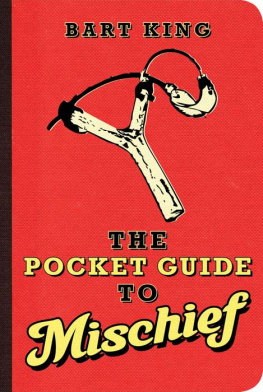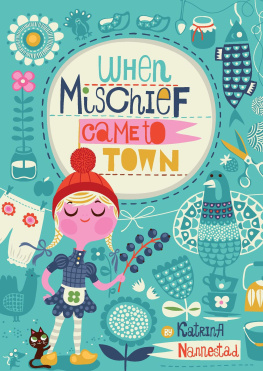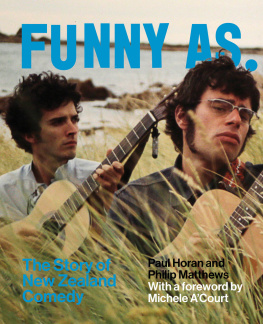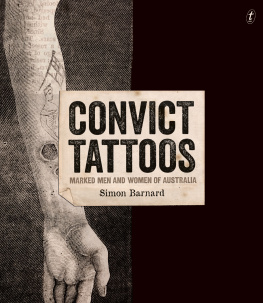First published in 2009
Copyright Bronwyn Sell 2009
All rights reserved. No part of this book may be reproduced or transmitted in any form or by any means, electronic or mechanical, including photocopying, recording or by any information storage and retrieval system, without prior permission in writing from the publisher.
Allen & Unwin
83 Alexander Street
Crows Nest NSW 2065
Australia
Phone:(61 2) 8425 0100
Fax:(61 2) 9906 2218
Email:
Web:www.allenandunwin.com
A catalogue record for this book is available from the National Library of Australia
eISBN 9781741768961
Designed and typeset by Katy Yiakmis
Cover designed by Nick Turzynski, redinc
Cover images
Front (left to right): Margaret Houston, Richard Burgess, Stanley Graham courtesy of Alexander Turnbull Library, Wellington. Sir Joh Bjelke Petersen, courtesy Australian National Library, Canberra Back: All courtesy of the Alexander Turnbull Library, Wellington
Contents
To most early Pakeha settlers, New Zealand promised to be a model society at the end of the world, a utopia for men and women of good character who were willing to work hard for a better life. And, for the most part, so it proved.
But from its earliest colonial days, New Zealands very isolation made it a magnet for people who needed to escape their lives for less honourable reasons.
Charlotte Badger was probably the first. The pistol-wielding English thief launched a drunken mutiny on an Australian convict ship in 1806 and, after throwing the honest crew off the boat, sailed over to hide among Maori in the Bay of Islands.
She paved the way for many others. Swindlers, convicts and highwaymen trickled over from the Australian goldfields and jails. European and American con artists, love rats, charlatans and pirates fled their creditors and the law to find new populations to prey on. Failed politicians and upper-class misfits came in search of power, some such as Edward Gibbon Wakefield and Charles de Thierry sweeping trusting immigrants along in their fantasies. And so New Zealands underclass was born.
This book gives the scandalous details of those whove made a name for themselves in New Zealand for all the wrong reasons, from the indomitable Ms Badger to baby farmer Minnie Dean and gun-mad David Gray, New Zealands worst mass murderer. Many were monsters whose names have made generations of New Zealanders shudder chief among them Gray, murderous farmer Stanley Graham and the merciless Burgess gang of highwaymen. Others were merely mischievous: Auckland madam Flora McKenzie, flamboyant showgirl Freda Stark and New Plymouth wannabe highwayman Bob Wallath. A few overcame relatively minor sins to become folk heroes, namely sheep rustler James Mackenzie and prison escapers George Wilder and Joseph Pawelka.
For better or in most cases worse, all made their mark on the history of New Zealand. And all left a tale to be told.
High priest of deceit
Arthur Worthington had all the attributes of a successful cult leader. He was handsome with smooth silvery hair, expressive steel-coloured eyes and perfect teeth. He was gentlemanly and eloquent, socially confident, an easy talker with fine address. He had a gift for ritual, ceremony and theatre. And he had that invaluable evangelical accessory: a beautiful and magnetic wife, Mary.
The American couple amassed a large following in Christchurch soon after arriving in 1890. Two years later a visiting Dunedin columnist gushed that the Worthingtons work had assumed gigantic proportions:
Those who are interested in the things that help and comfort mankind will be glad to know that the sick are being healed and the ignorant taught, and the afflicted comforted. Large kindergarten schools are in full working order, as well as refuge homes, and an immense building is being erected for service, which will comfortably seat 2000 persons. Even in its unfinished state it promises to be a beautiful place.
(In the same column the intrepid journalist noted that the newest ladies purses are all made long and narrow, to be carried in the hand.)
In a few months the Worthingtons opened their grand Temple of Truth with a dramatically choreographed dedication service that, naturally, featured the pair in the starring roles. Surrounded by 1600 disciples, the priest and priestess of the temple solemnly ascended a marble staircase, Worthington chanting quotes from the Bible.
Very excellent fun it was, a rather more cynical columnist wrote, adding that Worthingtons flight of eloquence hovered somewhere between Byrons Maid of Athens By that lip I long to taste/By that zone-encircled waist and Footes Yard of Nonsense So she went into the garden to cut a cabbage to make an apple dumpling.
The columnist wrote that the Temple of Truth was now in full Sunday swing as a formidable rival to the Christchurch Cathedral. To us, who envy and admire at a distance, all that is left is to speculate how long an interval is likely to elapse before the building will be let for assembly balls and nigger entertainments.
He didnt have to wait long for the public mood to turn. Within weeks a throng of ladies rampageous women according to one newspaper had surrounded Worthingtons grand home next to the temple to protest with hymns and prayers against pamphlets on sexology the temple had issued to men. These, they claimed, would do infinite harm to the morals of the community if placed in the hands of young men. Worthington received the women courteously but, when they demanded he leave Christchurch, he declared that he would not leave until he was carried to the cemetery.
Worthingtons opponents claimed the basis of his teachings was the love of pleasure, that he preached that each person was his own divinity and had free licence to mate with any other willing divinity. The temple, the couples palatial home and a social hall for the sect were all built on money donated and lent by followers, which was also keeping the preacher and his wife in a sumptuous lifestyle.
One of Worthingtons loudest detractors was a rival preacher, the Reverend John Hosking, who embarked on a bitter public campaign to dishonour the pair. He wrote in a local newspaper: Husbands and wives are being parted, homes are breaking up, and many lives are being ruined by this mans teaching... Many people have handed over their savings for years, mortgaged their little cottages, etc., to give [the Worthingtons] money.
Highly suspicious of the glib newcomer who was presumably enticing away members of his own congregation, Hosking sent letters all over the United States seeking dirt on Worthington. He found it in truckloads.
Hosking discovered that the preacher was a polygamist who had deserted at least seven wealthy wives and several children in succession in America. Worthington was one of a dozen aliases for a career con man whose real name was Samuel Oakley Crawford. He was a Civil War veteran who had done time in the United States for robbery and was claimed to have swindled hundreds of people in an assortment of professional guises banker, lawyer, real estate agent, mining speculator and, of course, evangelist.
By the time Hosking dropped his bombshell, a rift had also developed between Worthington and his latest wife. He claimed it was over a conflict of authority within the temple but Mary told reporters that, like his other wives before her, he had lost interest when her money had dried up. The couple separated and she fled to Sydney.
Like any good disgraced evangelist, Worthington tearfully confessed to his followers the transgressions of his past and promised never to sin again. And many of them stayed loyal until two years later, when the 48-year-old announced plans to marry one of his Students of Truth, a beautiful 29-year-old. The papers said she was infatuated with him. But more significantly, perhaps, his money was drying up.











